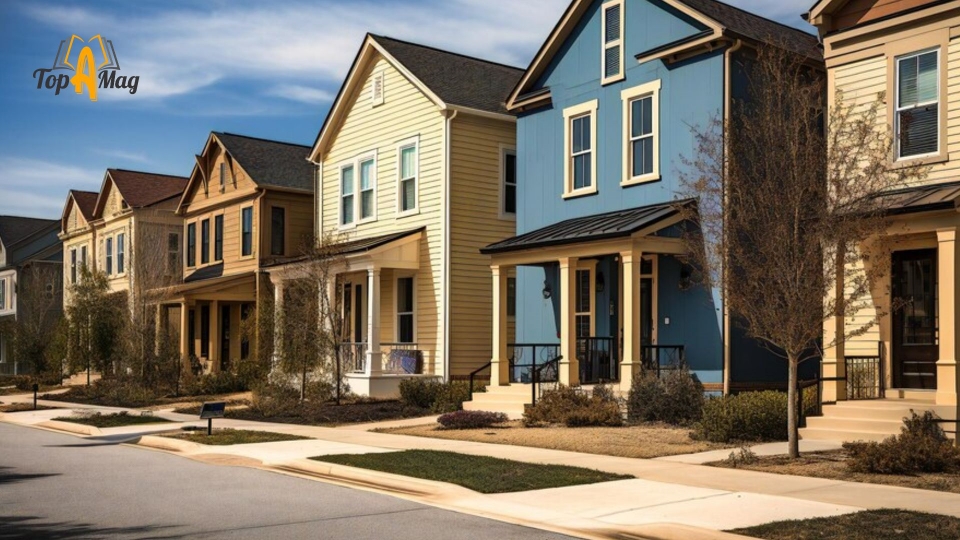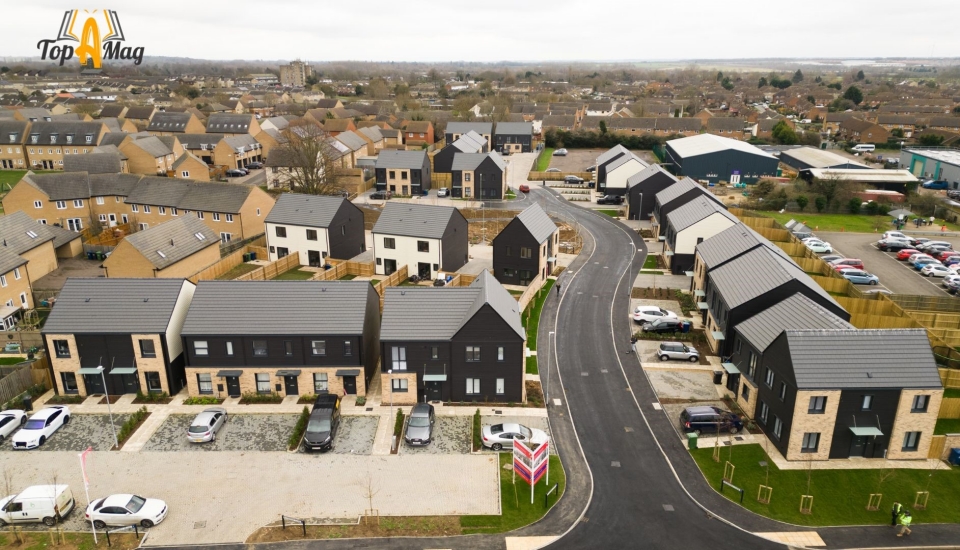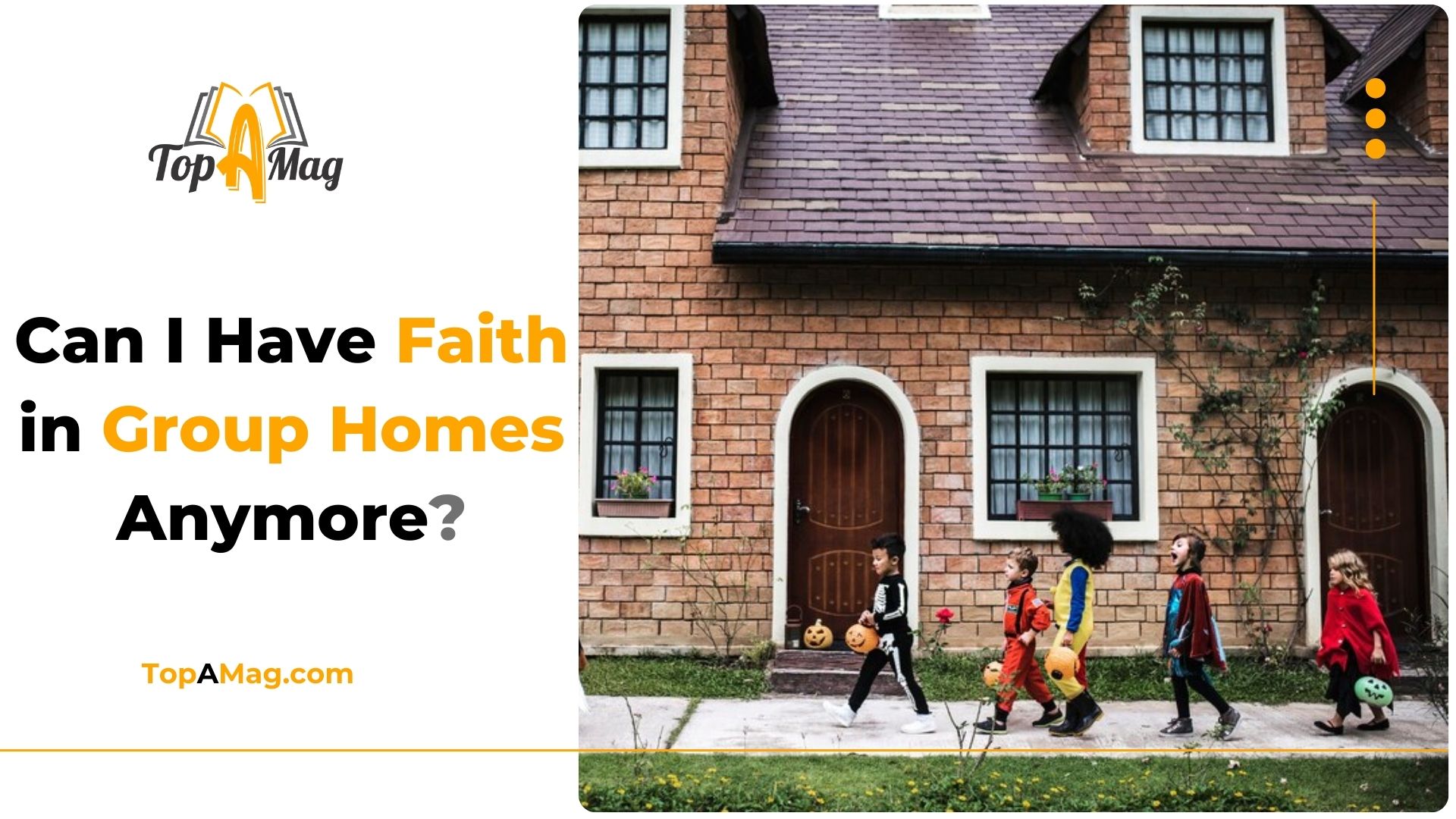Group homes have long been a sanctuary for individuals who require care, support, and a sense of community. However, recent controversies and concerns have led many to question: Can I have faith in group homes anymore? This article by The Top A Mag Team delves into the current state of group homes, exploring their benefits, challenges, and the evolving landscape of care.
Key Takeaways
- Quality of care and staffing issues are significant challenges that need urgent attention to ensure residents receive consistent and high-quality support.
- Financial constraints can limit the resources available to group homes, affecting various aspects of care, from nutrition to recreational activities.
- The emotional well-being, physical health, and social integration of residents are deeply impacted by the quality of care they receive in group homes.
- Improved regulations, technological advancements, and increased community involvement are positive developments that can enhance the quality of care in group homes.
- Families considering group homes for their loved ones should conduct thorough research, ask the right questions, and maintain active involvement in their care.
- Restoring faith in group homes requires transparency, accountability, resident empowerment, and building a supportive network of families, caregivers, and community members.
The Role of Group Homes in Society

Understanding Group Homes
Group homes serve as residential care facilities for individuals who may have physical disabilities, mental health issues, or other support needs. These homes provide a structured environment where residents can receive the care they need while maintaining a semblance of independence. The aim is to foster a sense of community and belonging, which is crucial for the well-being of the residents.
Historical Perspective of Group Homes
The need for an alternative to institutional care, often criticized for its impersonal and sometimes harsh conditions, led to the emergence of group homes. Group homes promised a more personalized approach, offering a home-like atmosphere where individuals could thrive.
Over the years, these homes have become integral to the social care system, providing vital services to those in need. The shift from large, impersonal institutions to smaller, community-based settings was seen as a significant advancement in the care of vulnerable populations.
Current Challenges Facing Group Homes
Quality of Care at Group Homes
One of the most significant concerns surrounding group homes today is the quality of care provided. Reports of neglect and abuse have surfaced, shaking the public’s confidence in these institutions. While many group homes offer excellent care, the inconsistency in standards across different facilities has raised alarm bells. Ensuring high-quality care consistently is a challenge that needs urgent attention.
In some cases, understaffing and inadequate training contribute to the subpar care that residents receive. It’s not uncommon for caregivers to be overwhelmed, leading to burnout and, unfortunately, lapses in the care provided. Addressing these issues head-on is crucial for restoring faith in group homes.
Staffing Issues
Another critical issue is staffing. Group homes often struggle with high staff turnover, leading to a lack of continuity in care. Moreover, the qualifications and training of staff members vary widely, which can impact the quality of support provided to residents. Addressing staffing challenges is essential to restore faith in group homes.
Various factors contribute to high turnover rates, including low wages, insufficient benefits, and the demanding nature of the work. To combat this, group homes need to focus on improving working conditions, offering competitive salaries, and providing ongoing training and support to their staff. This not only helps retain experienced caregivers but also ensures that residents receive consistent and reliable care.
Financial Constraints
Many group homes operate on tight budgets, relying heavily on government funding and donations. Financial constraints can limit the resources available for residents, affecting everything from meal quality to recreational activities. Ensuring ok monetary help is important for the sustainability of group homes.
When budgets are stretched thin, it can lead to cutbacks in essential services, such as medical care, therapeutic activities, and even basic maintenance of the facilities. This can create an environment that is not only physically inadequate but also emotionally detrimental for the residents. To address this, policymakers need to recognize the value of group homes and allocate sufficient funding to ensure their proper functioning.
The Impact on Residents

Emotional Well-being
The uncertainty surrounding the quality of care in group homes can significantly impact the emotional well-being of residents. Feeling neglected or mistreated can lead to anxiety, depression, and a sense of isolation. Conversely, a well-managed group home can provide emotional stability and a supportive environment.
Residents in a nurturing environment can form meaningful relationships with both their peers and caregivers, which is crucial for their mental health. The sense of belonging and being valued can dramatically improve their overall quality of life. On the other hand, negative experiences can exacerbate existing conditions and hinder their emotional development.
Physical Health at Group Homes
The physical health of residents is another critical area of concern. Proper nutrition, regular medical check-ups, and appropriate physical activities are essential components of care. Inadequate attention to these aspects can lead to deteriorating physical health among residents.
Group homes need to have protocols in place for regular health assessments and access to healthcare professionals. Tailor physical activities to the abilities of the residents to promote both physical fitness and social interaction. Ensuring that residents have access to nutritious meals and dietary plans that cater to their specific health needs is also vital.
Social Integration
Group Houses aim to facilitate social integration by encouraging residents to interact with the wider community. However, negative perceptions of group homes can lead to social stigma, making it harder for residents to feel accepted. Promoting positive stories and experiences can help combat this issue.
Social activities within and outside the group home play a crucial role in helping residents feel connected to the community. Partnerships with local organizations, schools, and businesses can provide opportunities for residents to participate in events, volunteer work, and educational programs. Breaking down the barriers of social stigma involves both educating the public and creating positive, inclusive experiences for group home residents.
Positive Developments and Innovations

Improved Regulations
In response to the challenges, many regions have introduced stricter regulations to ensure higher standards of care in group homes. These regulations focus on staff training, resident safety, and overall facility management. Enhanced regulatory measures can help rebuild trust in group homes.
Regular inspections and compliance checks are essential to maintain high standards. By holding group homes accountable, these regulations ensure that residents receive the care and support they deserve. Moreover, transparent reporting and feedback mechanisms allow families and advocates to monitor and address issues promptly.
Technological Advancements
Technology is playing an increasingly important role in enhancing the quality of care in group homes. From health monitoring devices to virtual reality for mental stimulation, innovative solutions are being implemented to improve residents’ lives. Embracing technological advancements can lead to significant improvements in care quality.
For example, telehealth services can provide residents with access to medical professionals without the need for physical travel, which can be challenging for some individuals. Health monitoring devices can track vital signs and alert caregivers to any anomalies, ensuring timely medical interventions. Additionally, virtual reality programs can offer therapeutic benefits, helping residents with cognitive impairments and providing engaging, stimulating activities.
Community Involvement
Engaging the community in the operations of group homes can also lead to positive changes. Volunteers, local businesses, and community organizations can provide additional resources and support, enriching the lives of residents. Fostering community involvement is a step towards creating a more inclusive environment.
Community engagement can take many forms, from organizing social events and activities to providing residents vocational training and employment opportunities. By integrating group homes into the fabric of the community, we can create a supportive network that enhances the well-being of both residents and the broader population. Building these connections helps to break down misconceptions and foster a more compassionate society.
Making an Informed Decision

Researching Group Homes
When considering a group home for a loved one, thorough research is crucial. Look for homes with excellent reviews, go to the power, and communicate with cutting-edge citizens and their households. Understanding the specific needs of your loved one and matching them with the right group home is essential.
Start by compiling a list of potential group homes and conducting background checks. Online reviews, accreditation status, and compliance with regulations can provide insights into the quality of care. Visiting the facility allows you to observe the environment firsthand and assess whether it meets your loved one’s needs.
Asking the Right Questions
Prepare a list of questions to ask during your visit. Inquire about staff qualifications, resident-to-staff ratios, medical care, recreational activities, and safety protocols. Asking the right questions can help you gauge the quality of the group home.
Some key questions include: How are staff members trained and vetted? What is the ratio of caregivers to residents? How are medical emergencies handled? What types of recreational and therapeutic activities are offered? How does the home ensure the safety and security of its residents? The answers to these questions can provide a clearer picture of the home’s operations and care quality.
Monitoring and Advocacy
Once a loved one is placed in a group home, continuous monitoring is necessary. Regular visits, communication with staff, and staying informed about the home’s operations are vital. Advocacy is also important; if issues arise, addressing them promptly with the home’s administration can lead to necessary changes.
Family members and advocates should maintain an active role in their loved one’s care plan. Regularly scheduled meetings with caregivers and administrators can help address any concerns and ensure that the resident’s needs are being met. Keeping detailed records of observations and communications can be helpful if any issues need to be escalated.
Restoring Faith in Group Homes
Transparency and Accountability
Restoring faith in group homes requires transparency and accountability. Facilities should be open about their operations, welcoming feedback and addressing concerns proactively. Establishing clear lines of communication between residents, families, and staff can build trust.
Regular reports on the home’s operations, including any incidents or changes in protocols, should be made available to residents and their families. Open forums and feedback sessions can provide platforms for constructive dialogue and continuous improvement. Transparency in financial matters, such as how funds are allocated and spent, also contributes to building trust.
Empowering Residents at Group Homes
Empowering residents by involving them in decision-making processes can also enhance their experience. Providing platforms for residents to voice their opinions and suggestions ensures that they feel valued and heard. Resident empowerment is key to fostering a positive environment.
Creating resident councils or committees allows residents to have a say in the daily operations and activities of the home. This involvement not only boosts morale but also ensures that the home’s services are aligned with the resident’s needs and preferences. Encouraging residents to participate in their care plans and setting personal goals can also enhance their sense of autonomy and well-being.
Building a Supportive Network
Building a supportive network of families, caregivers, and community members can create a more nurturing environment for group home residents. Collaboration and mutual support can lead to better outcomes for everyone involved.
Families can form assistance organizations to share studies and offer mutual assistance. Community partnerships can bring additional resources and opportunities for residents. Training programs for caregivers, funded by community initiatives, can improve the quality of care. By working together, we can create a network of support that enhances the lives of group home residents.
Frequently Asked Questions (FAQs)
Why are there concerns about the quality of care in group homes?
Concerns about the quality of care stem from reports of neglect and abuse, inconsistent standards across facilities, and challenges related to staffing and financial constraints.
How can I find a reliable group home for my loved one?
Conduct thorough research, read reviews, visit the facility, ask detailed questions about care and staffing, and speak with current residents and their families.
What role does technology play in improving group homes?
Technology enhances care quality through health monitoring devices, telehealth services, and therapeutic tools like virtual reality, providing better health management and mental stimulation for residents.
How can the community support group homes?
The community can support group homes through volunteering, donations, partnerships, and advocating for better funding and policies. Community involvement can enrich residents’ lives and improve the home’s overall quality of care.
What should families do if they have concerns about a group home?
Families should address concerns promptly with the home’s administration, maintain open communication with staff, and advocate for necessary changes. Regular visits and active involvement in the care plan are also crucial.
How can group homes ensure transparency and accountability?
Group homes can ensure transparency and accountability by being open about their operations, welcoming feedback, providing regular reports, and involving residents and their families in decision-making processes.
Conclusion
While the challenges facing group homes are significant, they are not insurmountable. By addressing issues related to quality of care, staffing, and financial constraints, we can restore faith in these vital institutions. Positive developments in regulations, technology, and community involvement are already making a difference. With informed decision-making, transparency, and a commitment to continuous improvement, group homes can once again become trusted sanctuaries for those in need.

